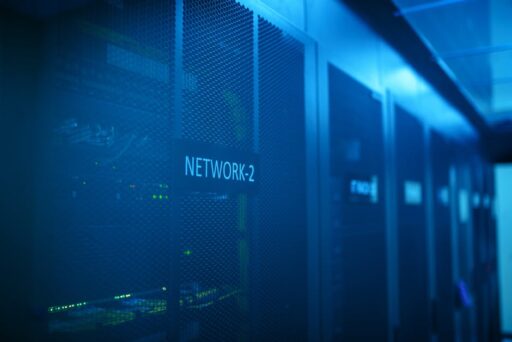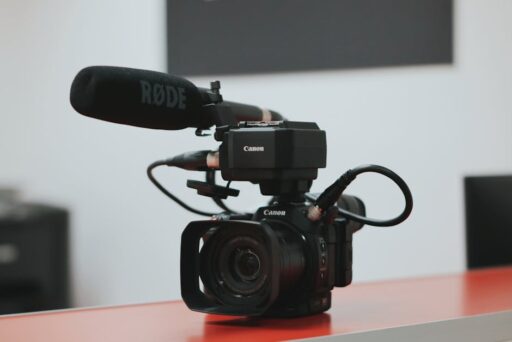Studio Ghibli AI copyright: Japan’s publishers press OpenAI to stop
Japan’s Content Overseas Distribution Association (CODA), representing major publishers and rights holders including the team behind Studio Ghibli, has asked OpenAI to halt the use of its members’ copyrighted works for model training and generative outputs without prior permission. The letter highlights growing concerns about AI systems reproducing or imitating distinctive creative styles — from character design to animation aesthetics — and calls for clearer protections for creators.
Why Studio Ghibli-style outputs matter to creators and audiences
Studio Ghibli’s films, such as Spirited Away and My Neighbor Totoro, have a highly recognizable visual language. Generative AI that reproduces or approximates that style at scale raises multiple issues:
- Potential misappropriation of creative style and expression.
- Loss of commercial opportunities for original artists and licensors.
- Confusion for consumers when AI-generated content closely mimics a well-known brand or aesthetic.
Creators and rights holders argue that unrestricted use of copyrighted material in training data enables AI tools to recreate distinct works or styles, undermining licensing markets and artistic control. For cultural institutions and studios that rely on careful stewardship of character likeness and worldbuilding, the proliferation of near-identical AI-generated images and videos is a practical and reputational problem.
Can AI legally use copyrighted works for training without permission?
This is the question at the center of CODA’s appeal and a broader global debate. The short answer: legal clarity varies by jurisdiction and remains unsettled.
Key legal considerations
- Fair use and similar doctrines: In some countries, narrow exceptions allow limited reproduction for research or criticism, but those rules differ widely and rarely endorse large-scale copying for model training without consideration.
- Reproduction vs. transformation: Courts evaluate whether AI outputs are transformative or merely derivative. Outputs that replicate distinctive works or character likenesses are more likely to raise infringement concerns.
- Jurisdictional differences: Japan’s copyright framework emphasizes prior permission for use in many contexts, and CODA notes there is less scope for relying on after-the-fact objections to avoid liability.
Recent rulings in other countries have started to shape precedent, but outcomes are mixed and fact-specific. As litigation unfolds, judges will weigh technical details about how models were trained, what data was used, and whether outputs constitute actionable reproductions.
What did CODA request from OpenAI?
CODA’s letter asks OpenAI to:
- Cease using its members’ copyrighted works for machine learning without prior permission.
- Take down or disable features that enable straightforward reproduction of protected works.
- Engage in dialogue to establish licensing pathways and safeguards for creators.
The association emphasizes that, under Japan’s copyright rules, prior permission is generally required. CODA also flags that when generative outputs reproduce specific copyrighted content or produce highly similar works, that replication may constitute infringement under Japanese law.
How AI platforms and rights holders have clashed before
Worldwide, rights holders have raised complaints as generative models became capable of producing stylized images, music, and video. Disputes have included allegations that companies trained models on copyrighted texts, books, images, or films without authorization. While some companies have negotiated licenses with content owners, others have relied on defensive legal postures or product changes in response to public pressure.
These tensions illustrate a broader policy gap: rapid advances in generative AI outpaced many existing licensing and rights-management systems. That gap has prompted calls for new rules, clearer licensing norms, and technical safeguards to respect creators’ economic and moral rights.
Industry and creative reactions
Reactions fall into several camps. Rights holders and creative studios seek robust protections and licensing frameworks. Some AI developers argue for technical and legal regimes that permit training on broad data sets while providing remedies for specific infringements. Observers in policy and academia call for transparent data practices, provenance tracking, and better user-facing controls to prevent misuse.
Within Japan, the letter from CODA signals collective action among publishers and licensors to protect national cultural assets. Globally, similar efforts are underway as industries evaluate how to monetize, license, and control the use of AI-generated content that references established works.
How might this dispute affect AI product design?
If major rights holders secure commitments from AI platforms, product changes could include:
- Stricter content filters and style-avoidance mechanisms to prevent direct imitation of protected works.
- Licensing agreements that enable AI firms to use specific catalogs under defined terms and compensation models.
- Transparency measures around training datasets and the provenance of model outputs.
These shifts would influence not only image and video generation but also broader uses of copyrighted material in model training, reinforcing the importance of dataset governance and rights-aware AI development.
What steps can creators and companies take now?
Creators, platforms, and policymakers can adopt immediate measures while longer-term legal and market solutions evolve:
- Creators: Document copyrights and register works where appropriate; use technological markers and licensing notices to clarify permitted uses.
- Platforms: Improve opt-out/metadata ingestion mechanisms and provide clearer user controls for style and output restrictions.
- Policymakers: Consider tailored guidance or statutory clarifications on dataset use, attribution, and compensation for training models.
For a deeper look at data quality and its role in AI development, see our analysis of The Role of High-Quality Data in Advancing AI Models. For the regulatory backdrop and the policy choices facing lawmakers, read Navigating AI Regulation: Balancing Innovation and Safety. And for context about the new generation of AI systems and where tools like Sora fit into the market, see OpenAI Unveils Advanced AI Models at Dev Day.
Is this a warning sign for users who create in a Ghibli-like style?
Yes. Even when a creator aims to pay homage rather than copy, outputs that are visually or thematically indistinguishable from protected works can create legal and reputational risk. Users and independent artists should be mindful of:
- How prompts and post-processing may bring a generated image closer to a protected design.
- The potential commercial consequences of distributing or monetizing lookalike content.
- Platform policies that may restrict or remove content that too closely imitates trademarked or copyrighted works.
What could happen next?
CODA’s request puts pressure on OpenAI to respond — either by revising product behavior, engaging in licensing talks, or articulating legal defenses. If negotiations do not resolve the dispute, rights holders may pursue litigation. Courts will then be asked to interpret copyright law against the technical specifics of model training and generative output.
Two outcomes are likely to influence future behavior across the industry:
- Clearer precedents on whether and when training on copyrighted works constitutes infringement.
- Market mechanisms — such as licensing marketplaces and rights-managed datasets — that balance innovation with creator compensation.
FAQ: How should users, developers, and rights holders prepare?
Q: Can developers avoid risk by removing certain works from training sets?
A: Removing specific catalogs or implementing blocklists can reduce direct risk, but comprehensive provenance tracking and documentation of data sources are more reliable approaches. Transparency and audits help demonstrate good-faith compliance.
Q: Will style transfers and transformations always be illegal?
A: Not necessarily. Transformative uses that clearly repurpose the original work and add new expression or meaning are treated differently from near-identical reproductions. The line is context-dependent and unsettled in many jurisdictions.
Q: What role do licensing deals play?
A: Licensing is a practical solution to allow AI firms to lawfully use creative catalogs while compensating rights holders. Carefully structured licenses can enable useful innovation while protecting creators’ commercial value.
Conclusion — balancing innovation and cultural stewardship
The request from Japan’s publishers underscores a mounting global tension: generative AI tools enable new creative possibilities but also threaten established licensing ecosystems and cultural stewardship. Resolving these tensions will require technical safeguards, legal clarity, and commercial arrangements that respect creators while permitting responsible innovation.
Policymakers, platforms, and rights holders are now at a turning point. The choices they make will shape how cultural goods are used, monetized, and respected in the age of AI.
Take action
If you’re an AI developer, creator, or rights manager, start with a practical audit: catalog protected works, evaluate training-data provenance, and consider clear options for licensing or opt-outs. For readers who want ongoing coverage of how copyright, policy, and AI intersect, subscribe to Artificial Intel News for updates and in-depth analysis.
Call to action: Stay informed — subscribe to Artificial Intel News for expert reporting on AI policy, copyright, and creator rights. Learn how these developments affect creators, platforms, and users.






